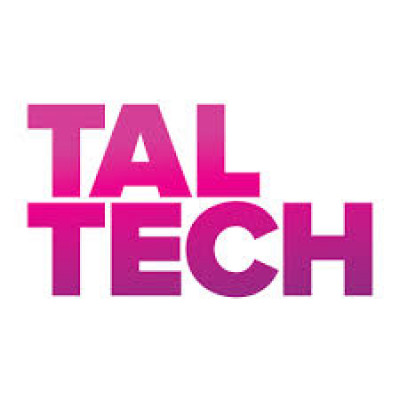Share
Print

Wood Technology Laboratory in TalTech has extensive experience with wood based materials and technologies which are crucial to sturdy packaging. Lab has special equipment to produce veneer and plywod of exact quality parameters. R&D includes novel fiber polymer composites, cellulose based thermoplastics, effects of heat and humidity to wood panels, biobased adhesives, novel liquid weather resistant coatings, fireresistant chemical treatment and industry collaborations.
We are interested in the following call:
Packaging technologies for critical defence components
TOPIC ID: EDF-2022-RA-MATCOMP-PACOMP
Programme: European Defence Fund
Work programme part: EDF-2022
Call: Research actions through actual costs grants following the call for proposals (EDF-2022-RA)
Work programme year: EDF-2022
Objective: General objective
Future defence systems that target information superiority, new communication capabilities, new battlefield operations, combat capabilities and inter-theatre air operations require electronic components with high performance and multiple functionalities. Systems such as radiofrequency (RF) sensors for radars or electronic warfare systems, intelligent processing platforms or hardware-secured/cyber-secured modules need to be highly integrated and to fulfil specific military requirements. A particular challenge for defence forces is the digital control of the RF spectrum. For example, digital radar equipment will be driven mainly by components like analog-to-digital converters (ADC), digital-to-analog converters (DAC), the RF frontend, which will be mainly characterised by a transmit (high power amplifier - HPA) signal chain and a receiver (low noise amplifier - LNA) signal chain, and a robust switch, setting the mode of operation.
Specific objective
The performance of such a system will not only depend on the performance of the single chips used for each component but also on the quality and efficiency of their integration into packages and the optimization of their interplay with respect to the targeted application. Advanced packaging technologies are key to obtain compact, robust and reliable electronic components by integrating and encapsulating multiple electronic chips. The resulting Multi-Chip Modules and/or System in Packages (SiP) can provide high performance and multiple functions. Packaging with short interconnections between components minimizes parasitic elements that degrade signal integrity. This is particularly relevant for next generation radio-frequency application (e.g., radars or electronic warfare systems). Furthermore, an advanced density of integration allows hiding sensitive signals and integrating protection features, which is relevant for anti-tamper and secure module solutions.
Packaging technologies can also increase the resilience of supply in key technology areas, reducing dependence and improve security of information by allowing the use of components of different technologies and from different sources within a quality and security assured process. This is particularly relevant for defence applications for which securing the EU supply chains of critical electronic components is challenging due to small manufacturing volumes and potential constraints such as export restrictions.
For more information regarding the call can be found here.
